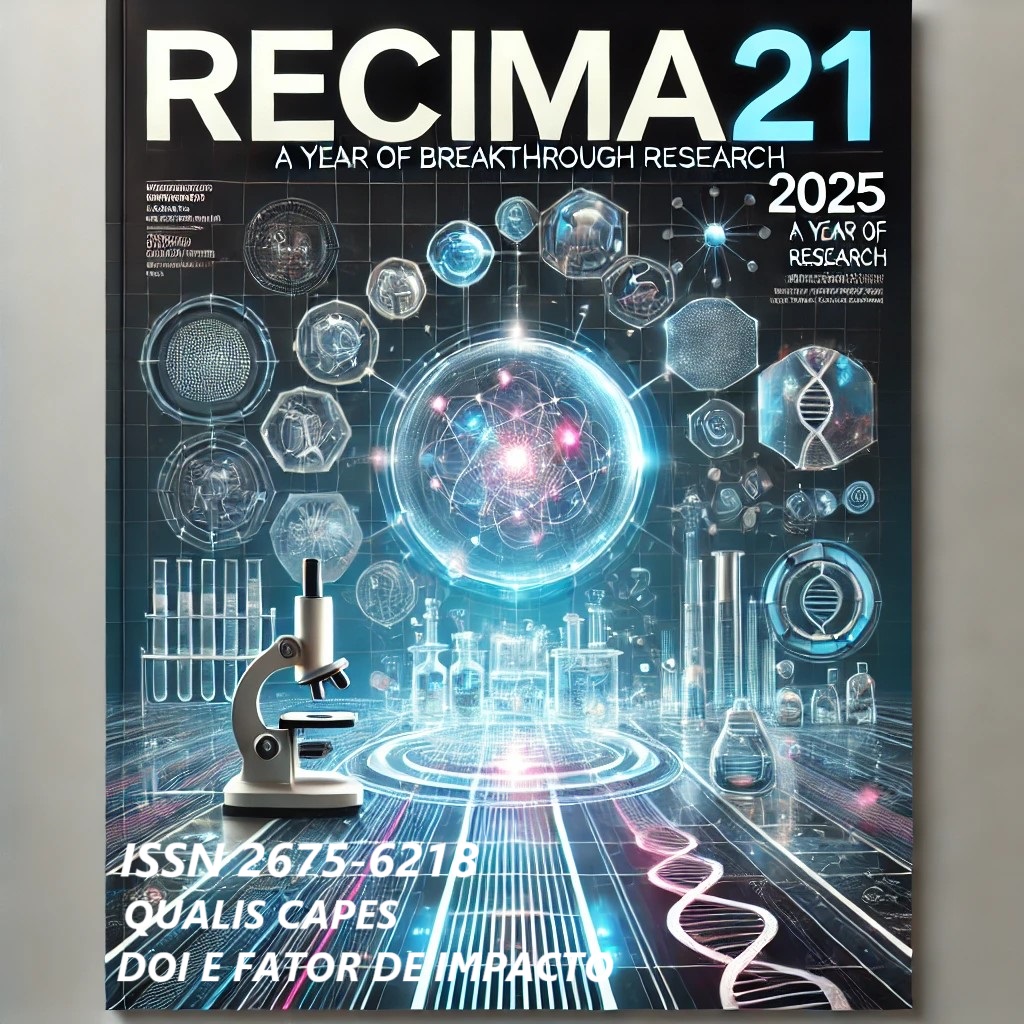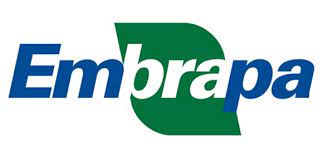AGGRAVATING FACTORS OF OBSTRUCTIVE SLEEP APNEA ASSOCIATED WITH TEMPOROMANDIBULAR DYSFUNCTION
DOI:
https://doi.org/10.47820/recima21.v6i5.6382Keywords:
Obstructive Sleep Apnea (OSA), Temporomandibular Disorders (TMD), Quality of LifeAbstract
Obstructive Sleep Apnea (OSA) and Temporomandibular Disorder (TMD) are conditions that often coexist, significantly impacting the quality of life of patients. This study investigates the aggravating factors of OSA associated with TMD, analyzing the relationship between anatomical and functional alterations and parafunctional habits that may contribute to symptom exacerbation. The literature review suggests that airway obstruction, mandibular position, and muscle tension play key roles in this interaction. In addition, the importance of interdisciplinary diagnosis and therapeutic approaches that aim to minimize the impacts of these conditions on the patient's health is discussed. It is concluded that the interrelationship between OSA and TMD is multifactorial and requires an integrated therapeutic approach. Interdisciplinary treatment, involving dentistry, speech therapy, and sleep medicine, is essential to improve the quality of life of affected patients.
Downloads
References
1. Alessandri-Bonetti A, Lobbezoo F, Mangino G, Aarab G, Gallenzi P. Obstructive sleep apnea treatment improves temporomandibular disorder pain. Sleep Breath. 2024;28:203-9. doi: 10.1007/s11325-023-02883-4. DOI: https://doi.org/10.1007/s11325-023-02883-4
2. Balasubramaniam R, Klasser GD, Cistulli PA, Lavigne GJ. The link between sleep bruxism, sleep disordered breathing, and temporomandibular disorders: An evidence-based review. J Dent Sleep Med. 2014;1(1):27-37. DOI: https://doi.org/10.15331/jdsm.3736
3. Bartolucci ML, Bortolotti F, Pelligra I, Stipa C, Sorrenti G, Incerti-Parenti S, et al. Prevalence of temporomandibular disorders in adult obstructive sleep apnoea patients: A cross-sectional controlled study. J Oral Rehabil. 2023;50(3):269-76. doi: 10.1111/joor.13419. DOI: https://doi.org/10.1111/joor.13419
4. Dubrovsky B, Raphael KG, Lavigne GJ, Janal MN, Sirois DA, Wigren PE, et al. Polysomnographic investigation of sleep and respiratory parameters in women with temporomandibular pain disorders. J Clin Sleep Med. 2014;10(2):195-201. doi: 10.5664/jcsm.3452. DOI: https://doi.org/10.5664/jcsm.3452
5. Elsaraj SM, Gornitsky M, Hovey R, Samim F, Der Khatchadourian Z, Velly A. The contribution of insomnia and obstructive sleep apnea on the transition from acute to chronic painful temporomandibular disorders and their persistence: A prospective 3-month cohort study. Can J Pain. 2023;7(2):2266738. doi: 10.1080/24740527.2023.2266738. DOI: https://doi.org/10.1080/24740527.2023.2266738
6. Felício CM, Dias FVS, Folha GA, Almeida LA, Souza JF, Anselmo-Lima WT, et al. Orofacial motor functions in pediatric obstructive sleep apnea and implications for myofunctional therapy. Int J Pediatr Otorhinolaryngol. 2016;90:5-11. doi: 10.1016/j.ijporl.2016.08.019. DOI: https://doi.org/10.1016/j.ijporl.2016.08.019
7. Huang Z, Aarab G, Chattrattrai T, Su N, Volgenant CMC, Hilgevoord AAJ, et al. Associated factors of primary snoring and obstructive sleep apnoea in patients with sleep bruxism: A questionnaire study. J Oral Rehabil. 2022;49(10):1115-23. doi: 10.1111/joor.13354. DOI: https://doi.org/10.1111/joor.13354
8. Kang JH, Kim HJ. Potential role of obstructive sleep apnea on pain sensitization and jaw function in temporomandibular disorder patients. J Korean Med Sci. 2022 Oct 10;37(39):e307. doi: 10.3346/jkms.2022.37.e307. DOI: https://doi.org/10.3346/jkms.2022.37.e307
9. Lee YH. Implications of obstructive sleep-related breathing disorder in dentistry: Focus on snoring and obstructive sleep apnea. Dent Res Oral Health. 2022;5(4):74-82. doi: 10.26502/droh.0051. DOI: https://doi.org/10.26502/droh.0051
10. Lee YH, Jeon S, Auh Q-S, Chung EJ. Automatic prediction of obstructive sleep apnea in patients with temporomandibular disorder based on multidata and machine learning. J Oral Rehabil. 2024;51(3):245-59. doi: 10.1111/joor.13389. DOI: https://doi.org/10.1038/s41598-024-70432-4
11. Maniaci A, Lavalle S, Anzalone R, Lo Giudice A, Cocuzza S, Parisi FM, et al. Oral health implications of obstructive sleep apnea: A literature review. Biomedicines. 2024;12(7):1382. doi: 10.3390/biomedicines12071382. DOI: https://doi.org/10.3390/biomedicines12071382
12. Portelli M, Russo I, Bellocchio AM, Militi A, Nucera R. Correlations between obstructive sleep apnea syndrome and periodontitis: A systematic review and meta-analysis. J Clin Periodontol. 2021;48(5):650-60.
13. Sambale J, Koehler U, Conradt R, Kesper K, Cassel W, Degerli M, et al. Is sleep bruxism in obstructive sleep apnea only an oral health related problem? BMC Oral Health. 2024;24:565. doi: 10.1186/s12903-024-04351-1. DOI: https://doi.org/10.1186/s12903-024-04351-1
14. Smith MT, Wickwire EM, Grace EG, Edwards RR, Buenaver LF, Peterson S, et al. Sleep disorders and their association with laboratory pain sensitivity in temporomandibular joint disorder. Sleep. 2009;32(6):779-90. DOI: https://doi.org/10.1093/sleep/32.6.779
15. Wang YP, Wei HX, Hu YY, Niu YM. Causal relationship between obstructive sleep apnea and temporomandibular disorders: A bidirectional Mendelian randomization analysis. Nat Sci Sleep. 2024;16:1045-52. doi: 10.2147/NSS.S476277. DOI: https://doi.org/10.2147/NSS.S476277
Downloads
Published
License
Copyright (c) 2025 RECIMA21 - Revista Científica Multidisciplinar - ISSN 2675-6218

This work is licensed under a Creative Commons Attribution 4.0 International License.
Os direitos autorais dos artigos/resenhas/TCCs publicados pertecem à revista RECIMA21, e seguem o padrão Creative Commons (CC BY 4.0), permitindo a cópia ou reprodução, desde que cite a fonte e respeite os direitos dos autores e contenham menção aos mesmos nos créditos. Toda e qualquer obra publicada na revista, seu conteúdo é de responsabilidade dos autores, cabendo a RECIMA21 apenas ser o veículo de divulgação, seguindo os padrões nacionais e internacionais de publicação.













